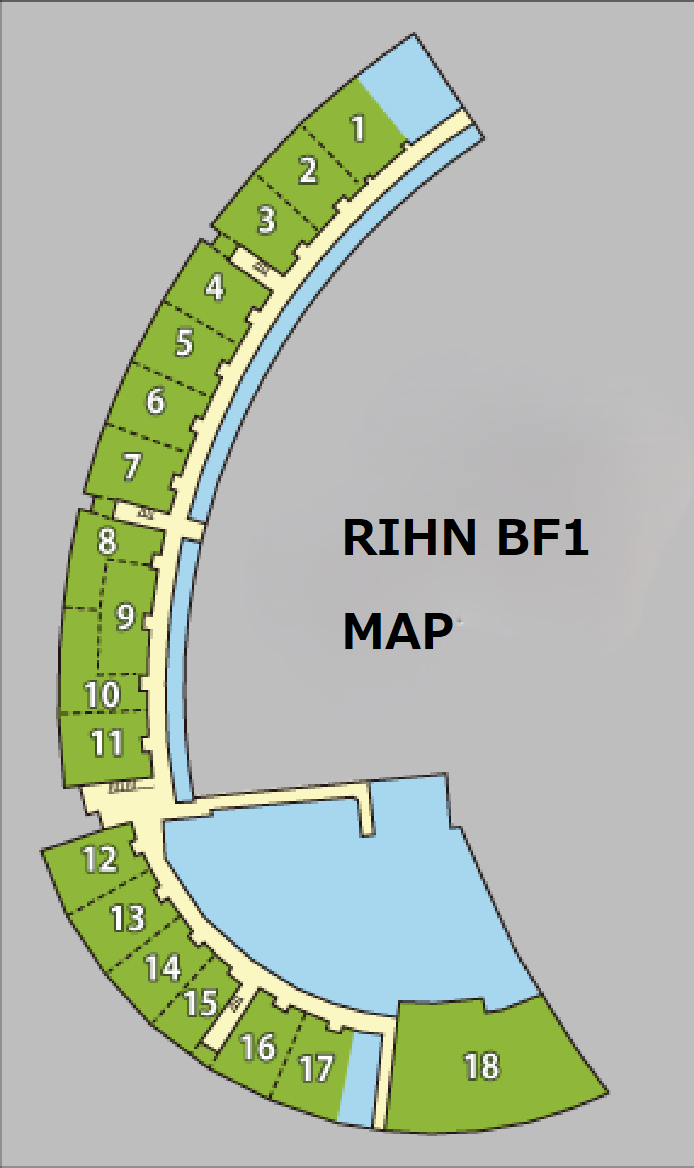Laboratory Facilities
Laboratory Facilities Information
About the Facilities
Overview
The RIHN laboratory facilities have shared instruments, which are available for outside universities and research institutes, as well as for RIHN research projects.
Equipment and Devices
RIHN has 18 laboratories. There is a clean room where samples are processed in a contamination-free environment, a low-temperature storage room where samples such as organisms and ice cores are stored, and a temperature-controlled room where organisms are grown in an artificially controlled environment. It enables the development of ongoing environmental research. In addition, we are focusing on advanced common equipment that is highly versatile and expected to develop into new global environmental research. In addition to experimental equipment such as microscopes and field observation equipment such as surveying equipment, stable isotope ratio mass spectrometers (IRMS) for light elements, a thermal ionization mass spectrometer (TIMS), a high-resolution multi-collector inductively coupled plasma mass spectrometer (MC-ICP-MS), an inductively coupled plasma mass spectrometer (ICP-MS), a Cavity Ring-Down Spectroscopy for water isotope ratios, and a gamma-ray spectrometer for dating, etc. are installed. The information of analytical techniques and methods for identifying trace elements and stable isotopes have been developing rapidly in recent years, and we are equipped with state-of-the-art analytical equipment to acquire highly accurate information.
Operation and Maintenance
Laboratory and Analysis Division (LAD) of Fundamental Research Department maintains the facilities and provides technical assistance in the Laboratory at the Research Institute for Humanity and Nature (RIHN).
The Laboratory Facilities flyer can be downloaded here. (As of 1st April 2024)
We do not receive, store, or analyze samples of radioisotopes, etc.
